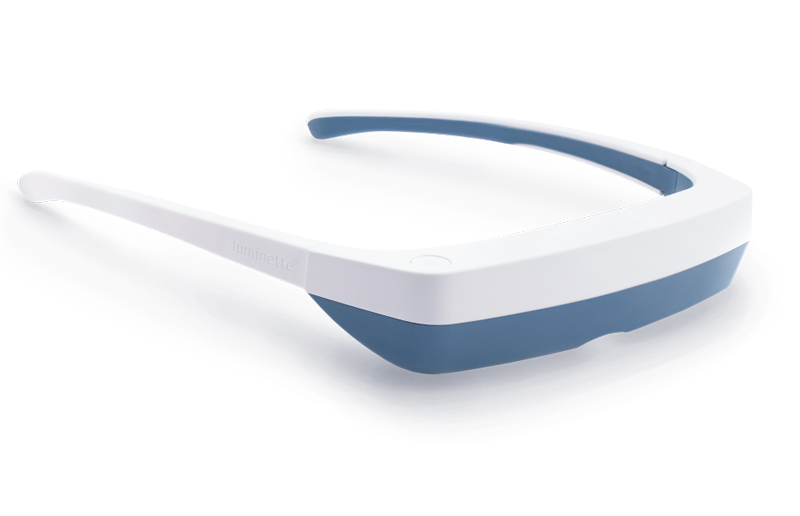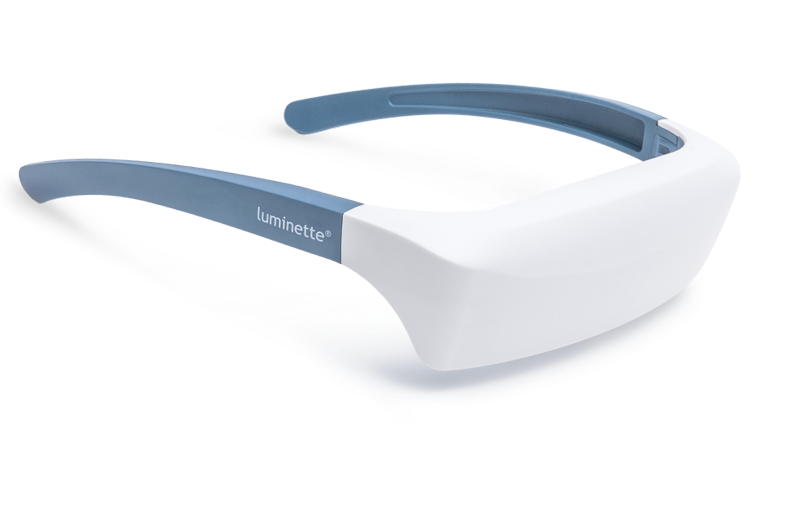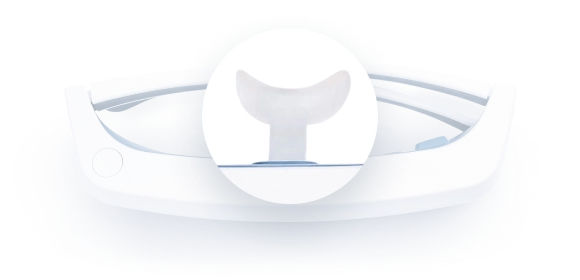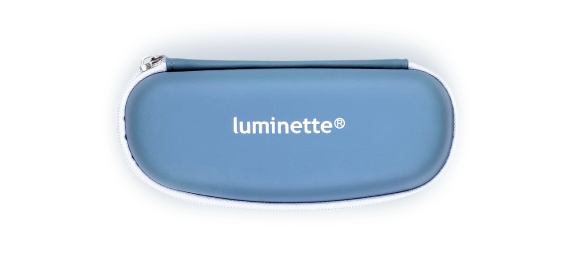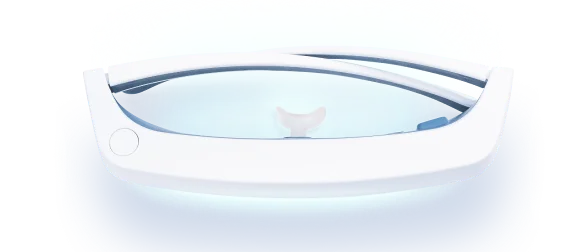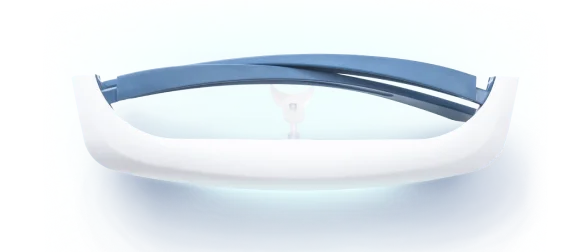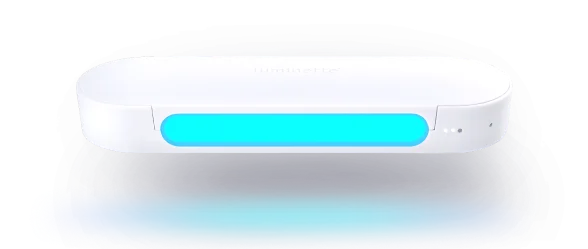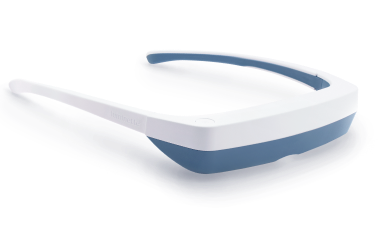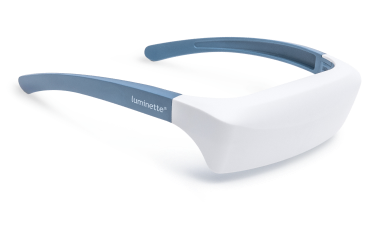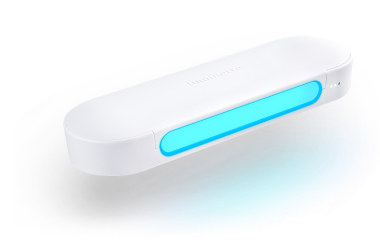What Is a Sun Lamp for Seasonal Mood Swings?

How Sun Lamps Work for Seasonal Mood Swings
Light Spectrum & Color Temperature
The light spectrum and color temperature of a sun lamp play crucial roles in its effectiveness. Most high-quality devices replicate the daylight spectrum, ranging from 5000K to 6500K on the color temperature scale. This ensures that the emitted light feels natural and comfortable while stimulating the necessary photoreceptors in the eyes. Research has shown that exposure to blue-enriched white light can enhance serotonin production and melatonin regulation more effectively than warmer tones. To explore how different shades influence results, see light therapy colors. These color variations not only affect mood but also the perceived brightness and comfort level of the therapy. When selecting a lamp, choose one that specifies its spectral range and includes a diffuser to prevent glare, ensuring eye-safe illumination and optimal comfort during use.
Brightness (Lux), Distance & Duration
Understanding lux intensity, distance, and duration is vital for effective light therapy. A typical sun lamp emits between 5,000 and 10,000 lux, but the actual light received depends on how far you sit from the lamp. At 10,000 lux, a 20- to 30-minute session each morning is usually sufficient. Lower intensities require longer exposure. Many manufacturers provide guidelines for optimal usage distance, often around 30–50 cm. Consistent morning brightness exposure trains your body to maintain a healthy circadian rhythm. Over time, you’ll notice improvements in sleep quality, focus, and daytime alertness. For detailed scheduling advice, read how often should you do light therapy at home?. The correct combination of light strength, timing, and duration enhances the overall benefit and minimizes strain.
Evidence & Core Benefits
The body of research on bright light therapy demonstrates wide-ranging advantages that extend beyond mood improvement. It is a proven treatment for winter blues, with up to 80% of users experiencing significant symptom relief. Consistent exposure to artificial daylight positively influences serotonin and melatonin regulation, improving both emotional and physiological balance. Below are the key benefits associated with sun lamps for seasonal depression:
-
Mood Enhancement—Stimulates serotonin production, reducing symptoms of sadness, irritability, and anxiety.
-
Energy Boost—Increases daytime alertness and decreases fatigue, particularly in the morning hours.
-
Improved Sleep Quality—Aligns the circadian rhythm, helping users fall asleep faster and enjoy deeper rest.
-
Cognitive Performance—Enhances focus, reaction time, and memory through improved light exposure.
-
Hormonal Regulation—Normalizes melatonin and cortisol cycles for stable daily energy.
-
Jet Lag Adaptation—Assists travelers in adjusting their internal clocks quickly after long flights.
-
Mood Stabilization—Reduces mood swings caused by seasonal light changes and lack of sunlight.
-
Reduced Winter Fatigue—Helps combat winter blues symptoms such as lethargy and oversleeping.
-
Enhanced Motivation and Productivity—Promotes proactive mental states ideal for work and study.
-
Overall Well-Being—Supports psychological resilience and consistent daily performance.
Collectively, these effects promote a balanced sleep-wake cycle, steady energy levels, and improved mood stability throughout the year.
Mood & Energy Improvements
Regular use of a sun lamp for seasonal mood swings leads to noticeable mood improvement and higher energy levels. A study published in 2023 found that participants using bright light therapy for 30 minutes each morning reported a 65% improvement in mood after just two weeks. This occurs because exposure to morning light suppresses melatonin and enhances serotonin production, leading to more balanced emotional states. Users frequently describe greater motivation, improved focus, and decreased irritability. For more insights, visit light therapy lamp benefits. Additional studies have shown that light exposure duration correlates with faster recovery from winter blues. Incorporating daylight lamps into your morning routine can provide a measurable boost in daily energy, particularly during low-light months.
Sleep & Circadian Alignment
The synchronization of the circadian rhythm through light exposure enhances both sleep quality and daytime alertness. A properly timed light therapy session helps your biological clock adjust to seasonal variations. When used regularly, it can shift your chronotype, promoting earlier wakefulness and reducing jet lag adaptation issues. Exposure to blue-enriched white light during the first hour after waking reinforces natural phase advance of the sleep-wake cycle. Over several weeks, individuals often experience deeper, more restorative sleep and more stable energy during the day. Learn more in circadian rhythm light therapy. Maintaining consistent morning brightness exposure strengthens circadian alignment, which is key to long-term mood stability.
Choosing the Right Sun Lamp
Key Features: Intensity, Timer, Adjustability
When comparing options, evaluate three primary features: lux intensity, timer settings, and adjustability. The ideal device should deliver consistent bright light therapy within safe exposure levels. An automatic timer helps ensure that sessions last the recommended 20–40 minutes, while adjustable brightness provides flexibility for sensitive users. Some models also include dimming modes for evening use to avoid blue light exposure close to bedtime. For detailed product insights, visit best light therapy lamps. A sturdy, adjustable stand allows you to maintain the correct angle and distance, enhancing comfort during reading or work. Investing in a high-quality model ensures lasting performance and consistent therapeutic results.
Sunrise/Sunlight Simulators vs. Light Boxes
There are two main categories of sun lamps: sunrise simulators and light boxes. Sunrise simulators gradually increase light intensity to mimic dawn, gently waking the user with natural light simulation. Light boxes, on the other hand, provide direct, high-intensity bright light therapy at 10,000 lux. Each type has unique benefits depending on lifestyle and preference. See sunlight simulation lamp for an in-depth comparison. Users who struggle to wake up on dark mornings often prefer simulators, while those seeking a strong morning energy boost might benefit more from a light box. Many find combining both technologies yields the best balance of alertness and natural rhythm support.
Safe Use & Precautions
There are two primary types of sun lamps: sunrise simulators and light boxes. The comparison table below outlines the 10 most important distinctions between them.
|
Feature |
Sunrise Simulator |
Light Box |
|
1. Purpose |
Mimics natural dawn for gentle awakening. |
Delivers intense bright light therapy for mood regulation. |
|
2. Light Intensity |
Usually between 100 and 500 lux. |
Provides up to 10,000 lux of daylight spectrum illumination. |
|
3. Usage Time |
Operates automatically before wake-up time. |
Requires manual morning sessions of 20–40 minutes. |
|
4. Light Color |
Warm amber or soft white. |
Blue-enriched white light or cool daylight tones. |
|
5. Placement |
Near the bed or bedside table. |
On a desk or near the face during use. |
|
6. Primary Benefit |
Supports natural awakening and circadian reset. |
Helps with winter blues and improves mood stabilization. |
|
7. Portability |
Compact and bedroom-friendly. |
Larger size; less portable but more powerful. |
|
8. User Interaction |
Passive; works automatically while you sleep. |
Active; requires presence during exposure. |
|
9. Duration of Effect |
Gradual and relaxing mood lift. |
Rapid improvement in mood and alertness. |
|
10. Ideal Users |
Light sleepers or those with difficulty waking up. |
People needing a strong, therapeutic light boost. |
For a deeper comparison, visit sunlight simulation lamp. Both serve essential roles-sunrise simulators promote natural wakefulness, while light boxes offer robust therapeutic effects for managing seasonal mood swings.
Who Should (and Shouldn’t) Use Light Therapy
Most adults can safely use light therapy, but some individuals should take precautions. Those with retinal disorders or certain psychiatric conditions should avoid unsupervised use. Always start with short sessions and monitor your body’s response. If dizziness or eye discomfort occurs, reduce exposure or distance. Bright light therapy is not a substitute for medication in severe cases of seasonal affective disorder, but it can serve as a valuable complement. For more information on timing and results, refer to how long does it take for light therapy to work. Remember that consistency matters more than intensity; steady use over weeks ensures lasting improvements.
Vitamin D: Myths & Clarifications
A common misconception is that light therapy can replace sunlight for vitamin D synthesis. However, vitamin D light therapy differs from bright light therapy, as the latter uses non-UV lighting to protect the eyes and skin. UV-free lamps do not trigger vitamin D production, so supplements or brief sun exposure remain necessary for maintaining adequate levels. Learn more at light therapy and vitamin D. While sun lamps can enhance mood and regulate the sleep-wake cycle, they do not replace the physiological effects of UVB radiation. Understanding this distinction helps users make informed health decisions during winter.
Setup & Daily Routine
How to Use a “Happy Light” Correctly
A happy light must be positioned at the correct distance and angle to be effective. Sit close enough to receive the recommended lux intensity without discomfort—usually about 30–50 cm from the face. Sessions typically last between 20 and 40 minutes, ideally early in the day. For detailed instructions, visit how to use a happy light. Avoid evening sessions, as exposure to blue-enriched white light may delay melatonin secretion. Keep your eyes open but focused away from the light source to minimize glare. Over time, you’ll find your ideal session length and brightness setting for optimal comfort.
Morning Habits for Darker Months
Establishing healthy morning routines is essential for combating winter fatigue symptoms and lack of light during shorter days. Start by exposing yourself to bright light therapy within 30 minutes of waking. Pair your session with hydration, light stretching, or journaling. Maintain consistent wake-up times, even on weekends, to reinforce your biological clock. Learn more about the symptoms of light deprivation and its solutions at winter fatigue symptoms and lack of light. Consistency and structure make light therapy more effective, helping sustain mood and focus through the darkest months.
Wearable & On-the-Go Options
If you don’t have space or time—Luminette 3
The Luminette 3 is a leading example of wearable bright light therapy technology. Designed for efficiency, it provides up to 10,000 lux of blue-enriched white light while allowing full mobility. Worn like glasses, it directs light toward the eyes at a safe angle, ensuring comfort and effectiveness. The Luminette 3 is ideal for people who struggle with time constraints or limited workspace. Clinical trials demonstrate its capacity to improve mood stabilization, cognitive performance, and jet lag adaptation. It also supports better adherence to therapy since users can move freely during sessions. Receiving morning light exposure while on the go helps maintain your internal rhythm even during travel-heavy schedules.
Do Light Therapy Glasses Work?
Wearable options like light therapy glasses have gained popularity for their convenience and proven results. Studies show comparable effectiveness to stationary daylight lamps when used consistently. To learn more, visit do light therapy glasses work and ayo vs luminette. These devices deliver eye-safe illumination and promote serotonin production, helping users feel alert even during dim winter mornings. While they may have a smaller lux intensity than traditional boxes, their portability increases compliance. Choosing the right model depends on your schedule and personal comfort preferences.
Comparisons & Buying Guides
Compact vs. Full-Size Light Therapy Boxes
Compact and full-size light therapy boxes differ in function, size, and effectiveness. The table below provides a detailed 10-point comparison highlighting their characteristics and practical advantages.
|
Feature |
Compact Light Therapy Box |
Full-Size Light Therapy Box |
|
1. Light Intensity |
Typically 5,000–10,000 lux at close range. |
Consistently provides 10,000 lux or more for optimal coverage. |
|
2. Size & Design |
Small, portable, and lightweight for easy transport. |
Large design ensuring even distribution of bright light therapy. |
|
3. Coverage Area |
Focused on one user; limited light spread. |
Broad illumination that covers multiple users or a wider workspace. |
|
4. Portability |
Highly portable—fits in backpacks or suitcases. |
Stationary, ideal for home or office installations. |
|
5. Session Duration |
Requires longer sessions (30–60 minutes) due to smaller surface area. |
Delivers full effect in shorter sessions (20–30 minutes). |
|
6. Adjustability |
Limited tilt or brightness control on most models. |
Advanced adjustment features—brightness, angle, and timer. |
|
7. Energy Efficiency |
Consumes minimal energy; suitable for travel. |
Slightly higher consumption but better overall illumination. |
|
8. Price Range |
Budget-friendly, usually between $50 and $120. |
Higher price point ($150–$300+) reflecting professional quality. |
|
9. Ideal Users |
Great for students, travelers, and small-space dwellers. |
Suited for dedicated users and clinical or office settings. |
|
10. Therapeutic Impact |
Effective for mild mood swings and winter blues. |
Optimal for severe seasonal mood swings, circadian rhythm correction, and mood stabilization. |
For an in-depth comparison, explore what are the differences between compact and full-size light therapy boxes?. Both types of lamps deliver therapeutic benefits, but choosing the right one depends on lifestyle, available space, and intended use.
Regional Picks & Availability
Availability and product selection vary by region. For example, best light therapy lamp Australia 2025 models emphasize portability and UV safety due to the country’s high sunlight exposure during summer and darker winters in southern regions. See best light therapy lamp australia 2025 for curated recommendations. Always check local voltage standards, plug types, and warranty coverage before purchase. Comparing region-specific products ensures safety and performance consistency.
Related Sleep & Chronobiology Basics
What Is a Circadian Rhythm?
A circadian rhythm is an approximately 24-hour cycle that governs physiological and behavioral patterns, such as sleep-wake cycles, hormone release, and body temperature regulation. Learn more at circadian rhythms definition. The biological clock, located in the brain’s suprachiasmatic nucleus (SCN), synchronizes these rhythms based on light cues from the environment. When morning light enters the eyes, it sends signals to the SCN, which reduces melatonin levels and increases alertness. Without sufficient morning light exposure, your body may fall out of sync, leading to fatigue, insomnia, and mood disorders. Using bright light therapy helps reestablish this alignment, improving phase advance, stabilizing sleep timing, and boosting serotonin production to elevate mood and energy.
Key roles of the circadian rhythm include:
- Regulating melatonin regulation and serotonin production.
-
Controlling daily sleep-wake cycles and energy fluctuations.
-
Maintaining the body’s phase advance to align with natural daylight.
-
Supporting cognitive performance and mood stabilization through predictable light cues.
-
Adjusting to external factors like jet lag, night shifts, or seasonal darkness.
Over time, maintaining consistent light exposure helps the circadian rhythm operate optimally, reinforcing both physical and emotional health.
Diurnal Rhythm in Humans
The diurnal rhythm complements the circadian rhythm, reflecting daily variations in physiological activity, mood, and cognitive function. Discover more at diurnal rhythm. Unlike circadian rhythms, which are internal, diurnal patterns are external responses that follow light and darkness. Humans are naturally diurnal beings, meaning our alertness peaks during daylight hours. However, reduced daylight spectrum exposure in winter months can dampen this rhythm, causing sluggishness and poor focus. Exposure to morning brightness or blue-enriched white light from daylight lamps helps restore optimal daily rhythm, synchronizing energy peaks with natural daylight cycles.
How Light Affects the Diurnal Rhythm
-
Morning light increases cortisol levels, enhancing alertness.
-
Midday exposure maintains productivity and cognitive performance.
-
Evening dimming signals melatonin release, preparing the body for rest.
-
Artificial light at night, especially blue light exposure, can disrupt sleep onset.
Incorporating regular light therapy sessions at the start of your day can effectively reestablish your diurnal rhythm, improving sleep quality and daytime vitality.
FAQ
What is a sun lamp for seasonal mood swings and how does it work?
A sun lamp for seasonal mood swings replicates natural daylight using non-UV lighting at high brightness levels (usually 10,000 lux). It works by stimulating retinal receptors that influence serotonin and melatonin levels, helping reset your circadian rhythm and improve mood. Consistent use, especially in the morning, can reduce symptoms of seasonal mood swings by up to 80%.
How many minutes per day should I use a sun lamp?
Most users benefit from 20 to 40 minutes of bright light therapy daily. Beginners can start with shorter sessions (10–15 minutes) and gradually increase the duration. For best results, position the lamp about 30–50 cm away during morning routines. Using it at the same time daily reinforces circadian alignment.
What lux level and distance are recommended for best results?
The ideal lux intensity is 10,000 lux measured at approximately 40 cm. Lamps with lower intensity (e.g., 5,000 lux) require longer exposure, up to 60 minutes. Always follow the manufacturer’s guidance and maintain consistent distance for safe and effective use.
Are sun lamps safe for daily use, and who should avoid them?
Does a sun lamp provide vitamin D or replace sunlight exposure?
No. Light therapy uses non-UV lighting, which means it does not stimulate vitamin D production. For this reason, supplements or limited outdoor sun exposure remain necessary for maintaining healthy vitamin D levels. Learn more at light therapy and vitamin D
What’s the difference between a sunrise simulator and a light box?
A sunrise simulator gradually increases light intensity to mimic dawn, helping users wake naturally with morning brightness and circadian alignment. A light box, by contrast, delivers a steady 10,000 lux brightness during shorter sessions for strong therapeutic effects. Both provide mood benefits, but simulators focus on gentle wakefulness, while light boxes target seasonal mood swings more directly.
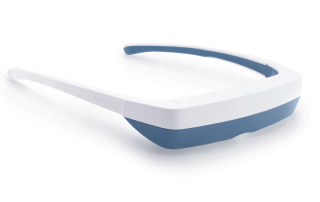
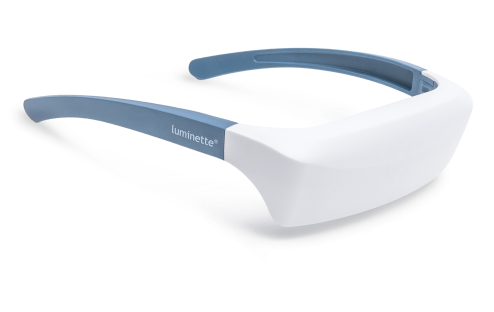
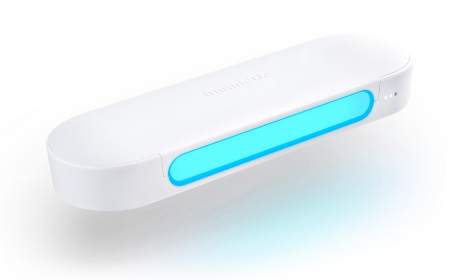


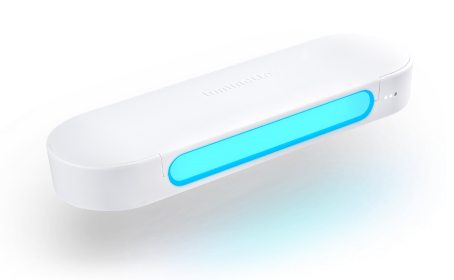

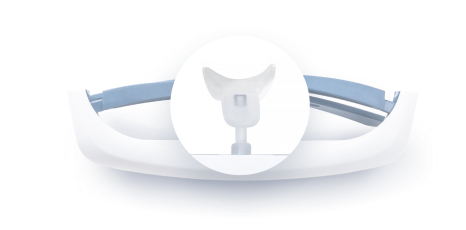

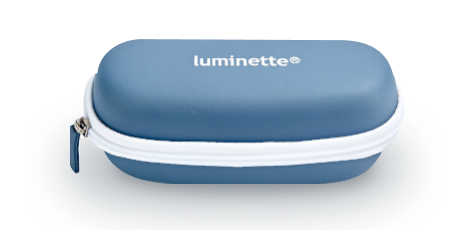
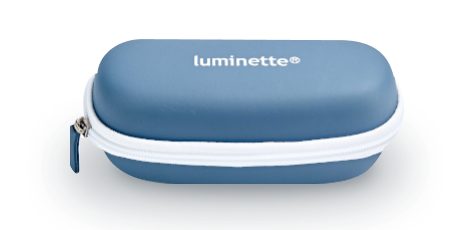
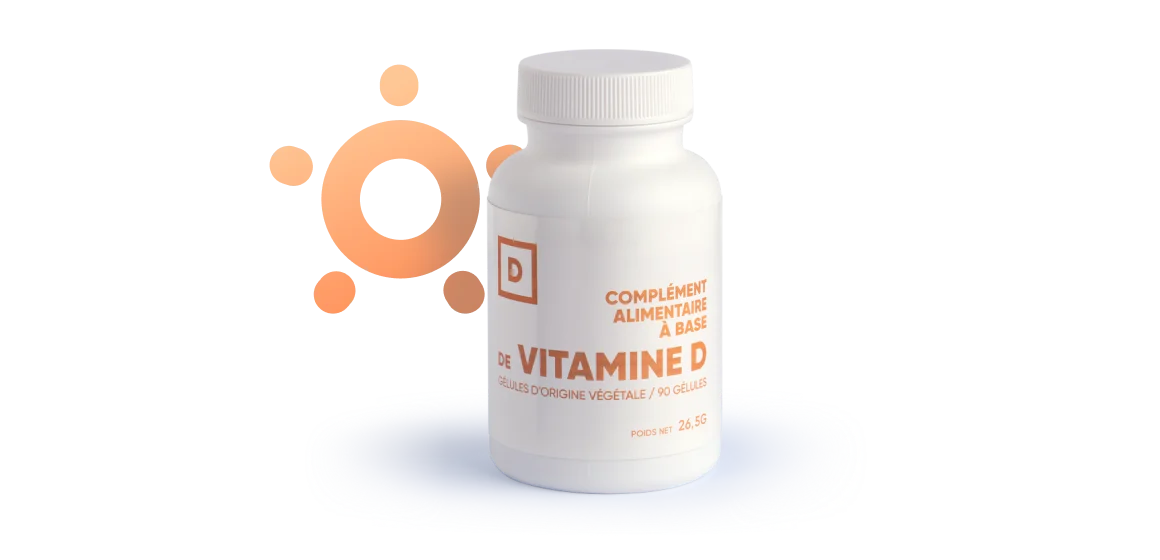



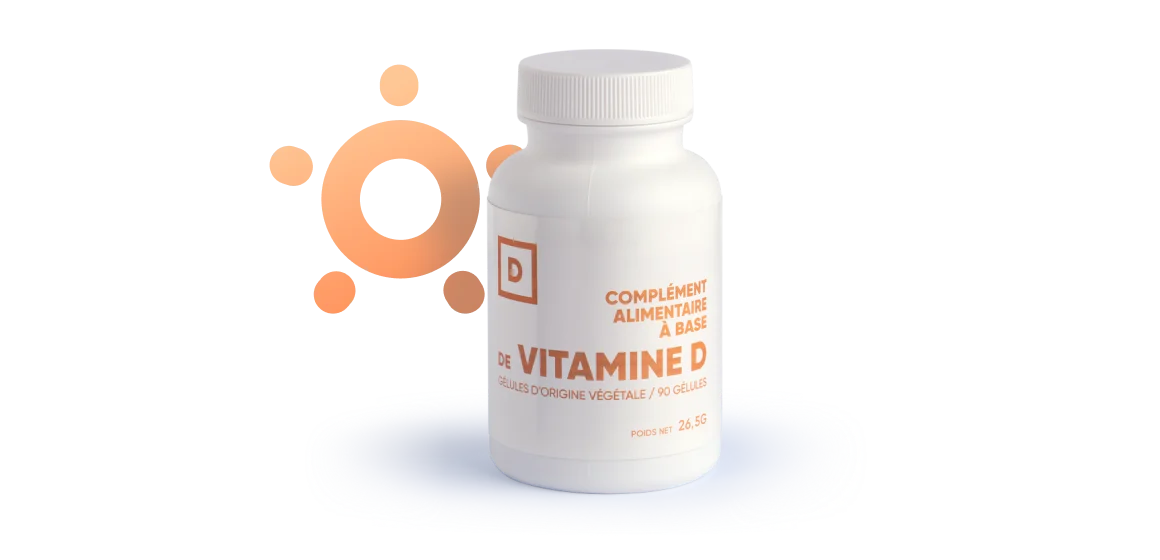
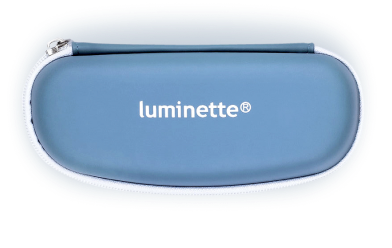
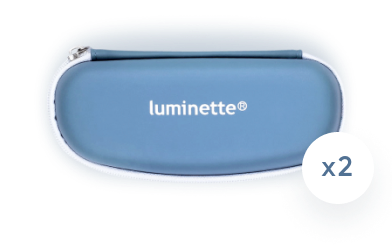
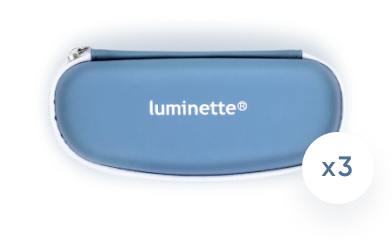
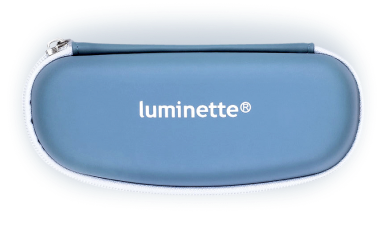
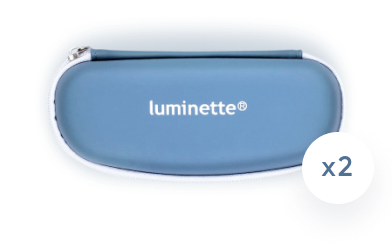
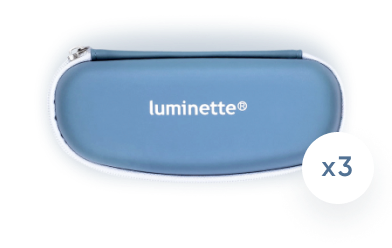

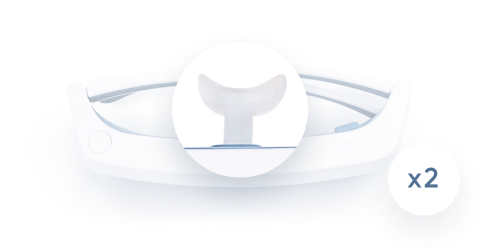
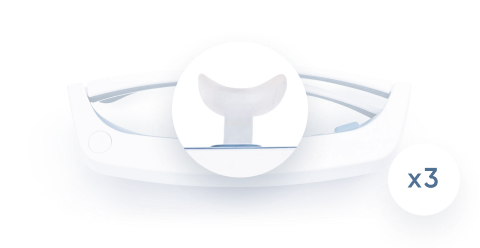
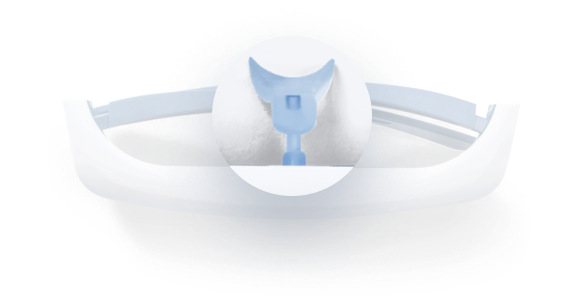
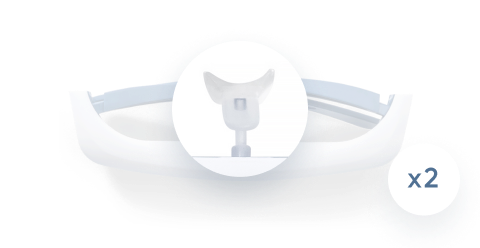
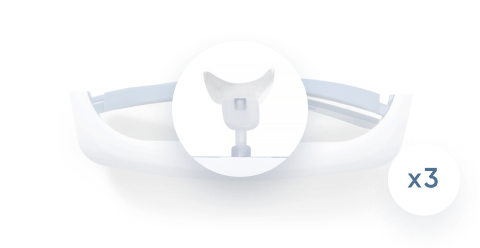
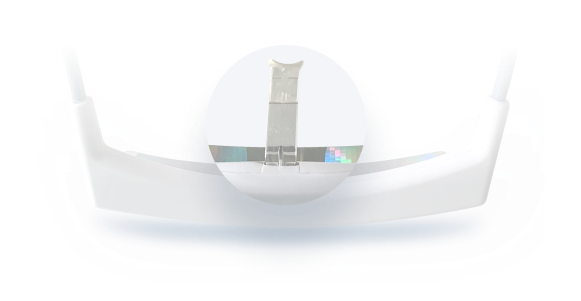
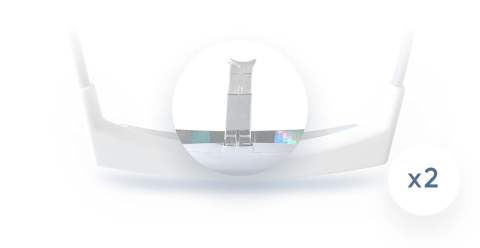

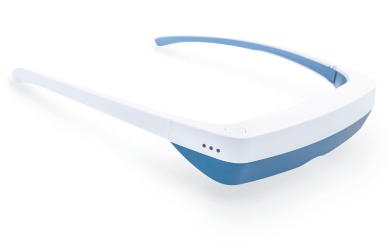
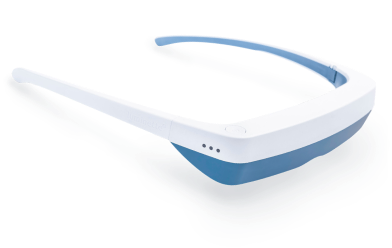
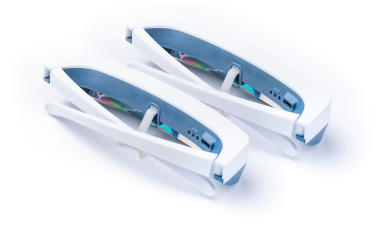
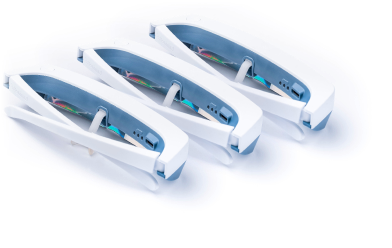
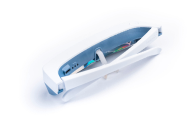
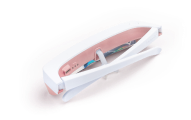
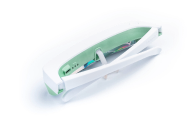
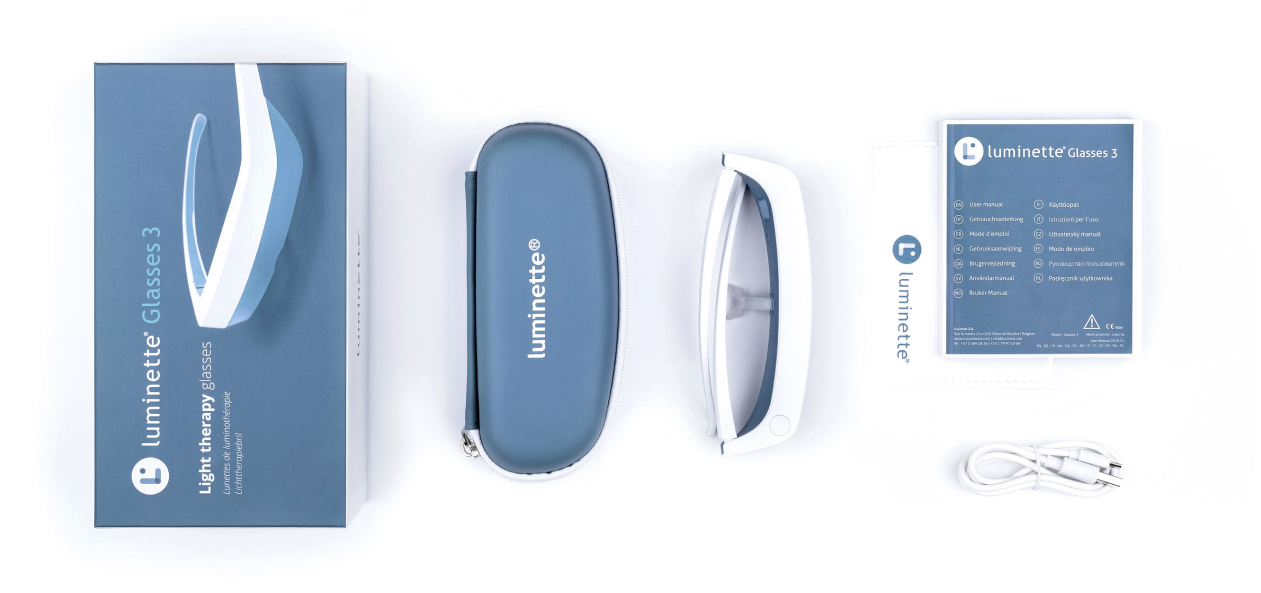
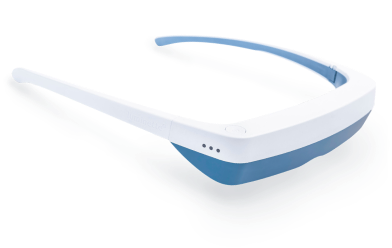
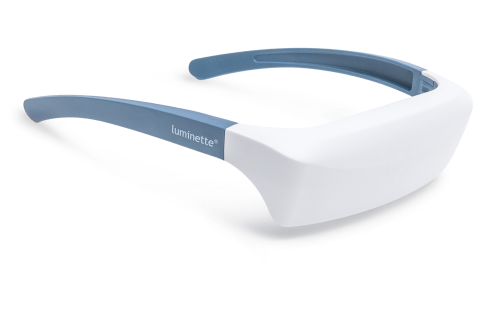
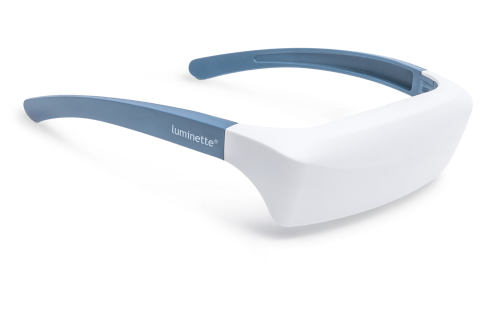
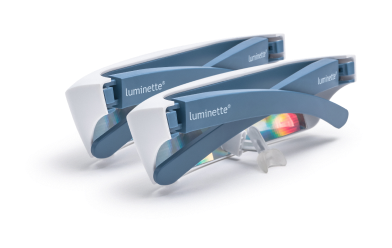
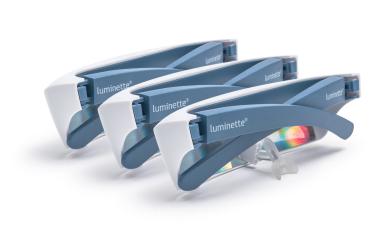
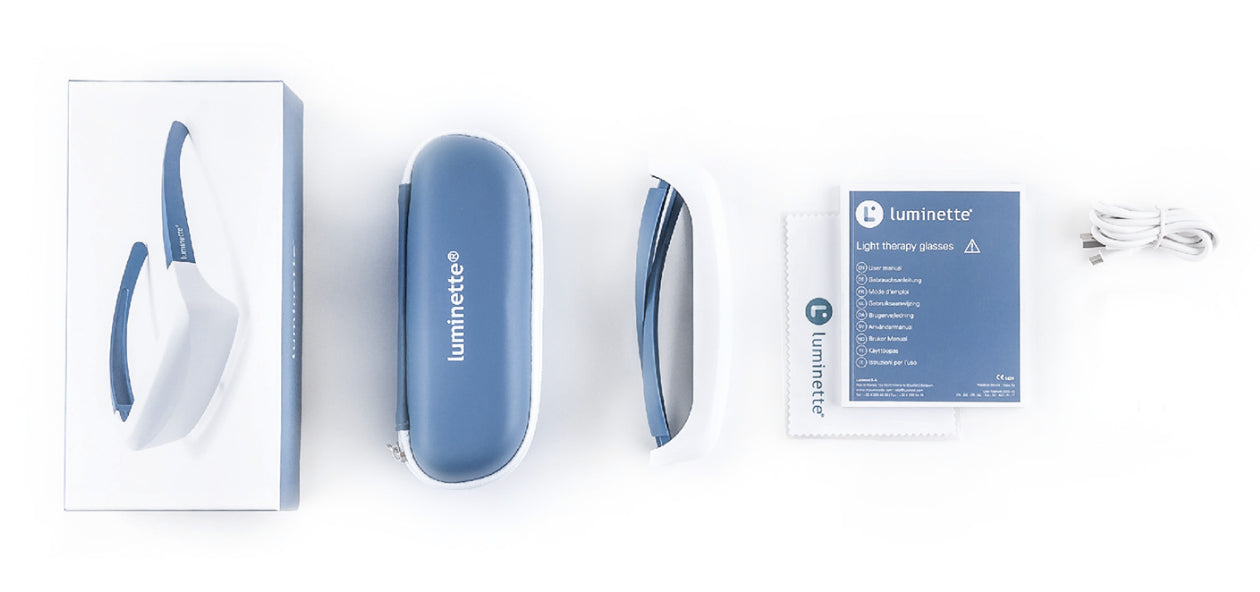
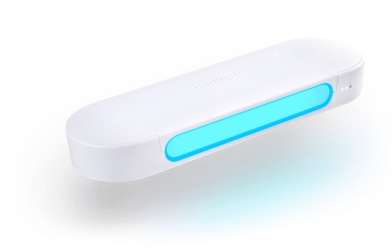

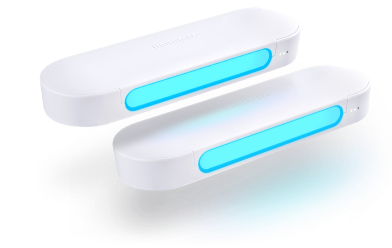
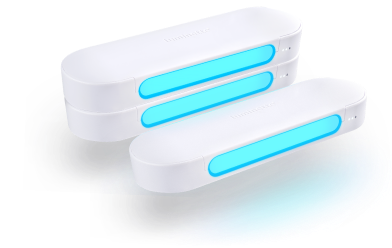
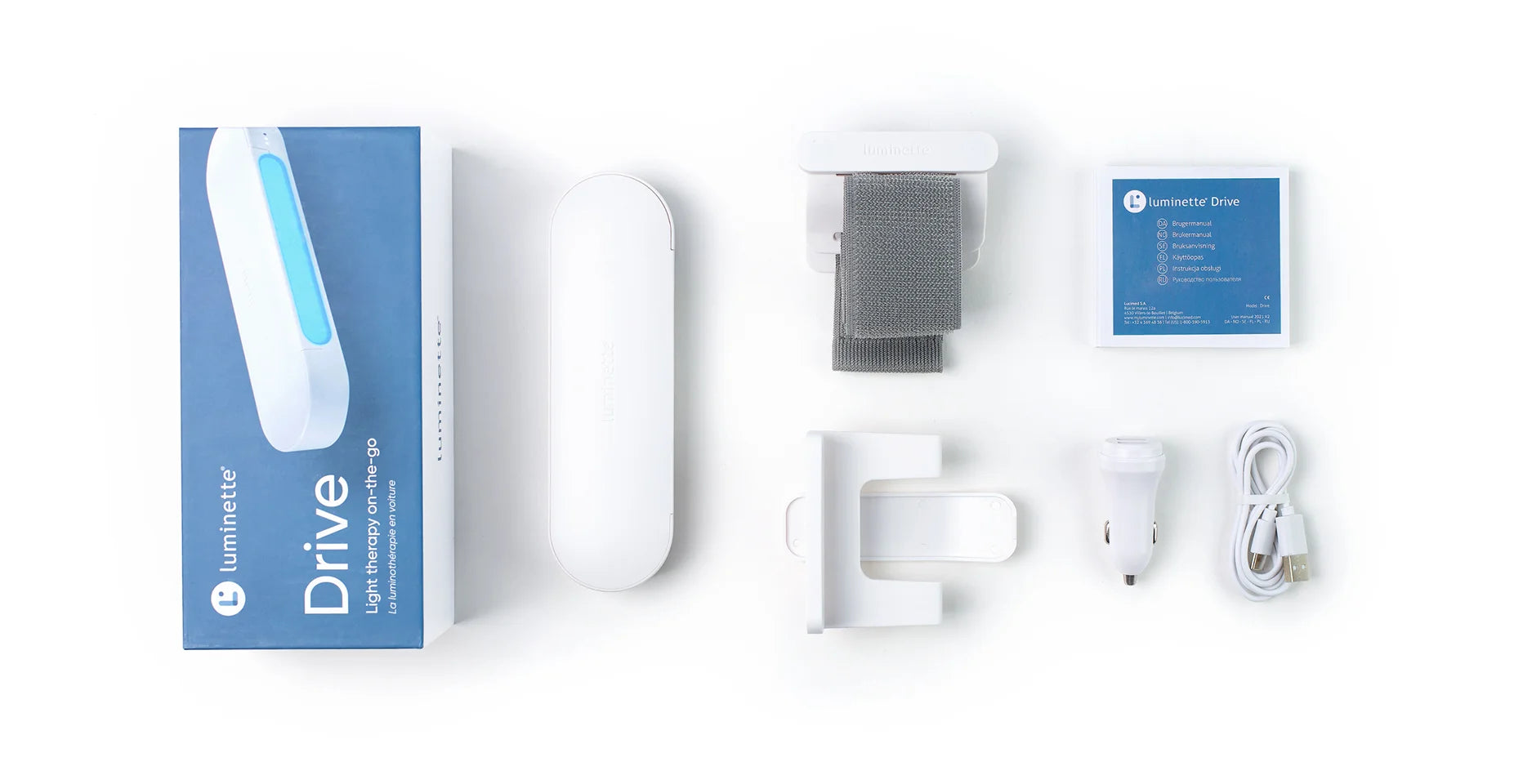

 Please note
Please note

